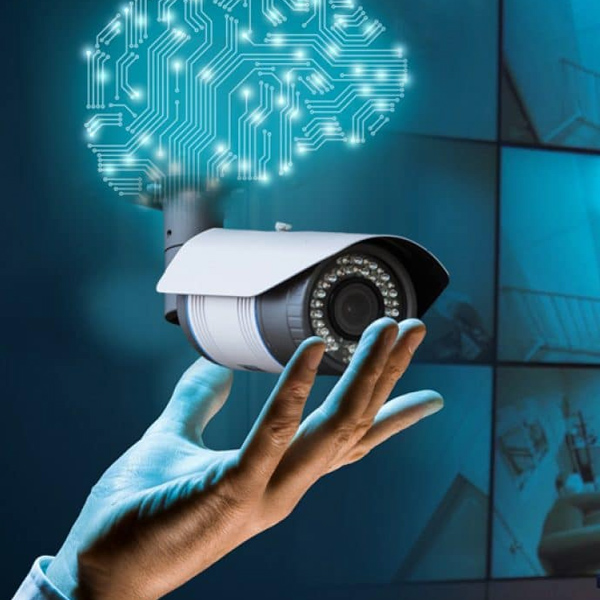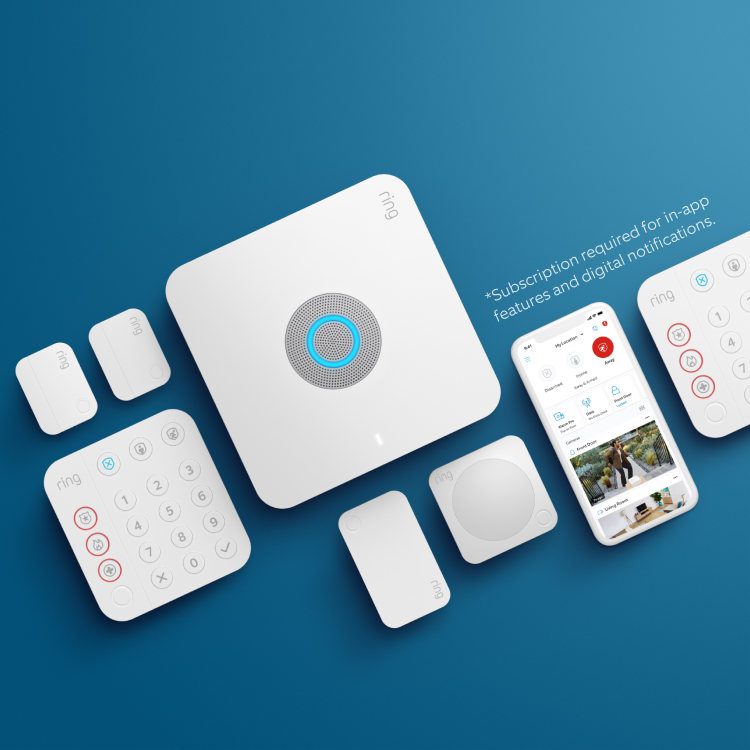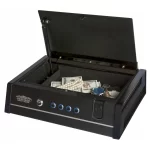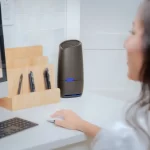I. Introduction
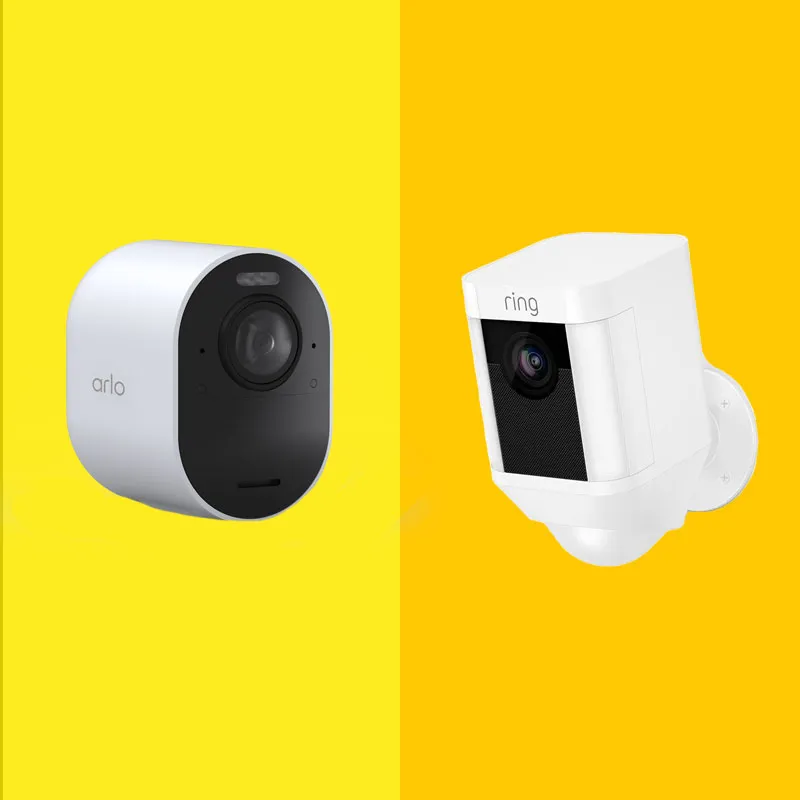
a. Significance of Video Surveillance in Apartment Security
Video surveillance plays a crucial role in enhancing the security of apartment buildings. It acts as a deterrent to potential intruders and provides valuable evidence in the event of a security breach. With the advancements in technology, remote video surveillance has become an effective tool in preventing and addressing security concerns in apartment complexes.
b. An Overview of the Benefits of Remote Video Surveillance for Apartments
Remote video surveillance offers numerous benefits for apartment security. It allows for continuous monitoring of common areas, entry points, and other critical areas within the apartment complex. Additionally, it provides residents and property managers with peace of mind, enhances response to security incidents, and serves as a proactive measure to prevent criminal activities.
II. Understanding Remote Video Surveillance Systems
a. Types of remote video surveillance systems suitable for apartments
When it comes to remote video surveillance systems for apartments, there are several options to consider. One popular choice is IP (Internet Protocol) cameras, which offer high-definition video quality and can be accessed remotely through an internet connection. Another option is wireless camera systems, which are easy to install and can be conveniently placed in various locations around the apartment. Additionally, cloud-based surveillance systems allow for remote access and storage of video footage on a secure online platform. It’s important to consider the specific needs and layout of the apartment when choosing the most suitable remote video surveillance system.
b. Features to consider when choosing a remote video surveillance system
When selecting a remote video surveillance system for an apartment, it’s important to consider a variety of features to ensure optimal functionality and security. Some key features to look for include high-definition video quality, night vision capabilities, motion detection, two-way audio for communication, mobile app accessibility, and secure cloud storage. Additionally, choosing a system with smart home integration can provide added convenience and control. Considering these features will help ensure that the chosen surveillance system meets the specific needs of the apartment and provides reliable remote monitoring capabilities.
Before installing a remote video surveillance system in an apartment, it’s crucial to consider the legal and ethical implications. It’s essential to review local laws and regulations regarding the use of surveillance cameras in residential settings, as well as any privacy laws that may apply. Additionally, it’s important to communicate with tenants and obtain consent for the installation of surveillance cameras, while also respecting their privacy rights. Adhering to legal and ethical considerations will help ensure that the installation and use of the remote video surveillance system are conducted in a responsible and legally compliant manner.
III. Setting Up Remote Video Surveillance for Apartments
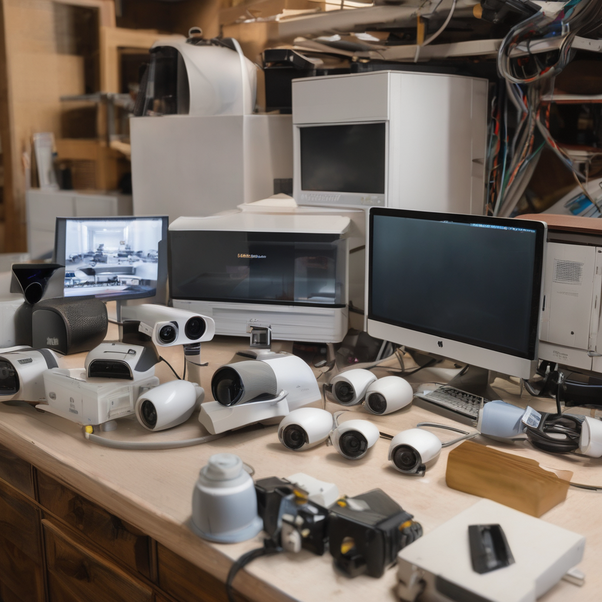
a. Choosing the optimal camera placement for comprehensive coverage
In setting up remote video surveillance for apartments, choosing the optimal camera placement is essential to achieve comprehensive coverage. It’s important to identify key areas that require monitoring, such as entry points, corridors, and common areas. Placing cameras in strategic locations will help ensure that the entire apartment is covered and that potential security vulnerabilities are addressed. Additionally, considering the layout and size of the apartment will guide the placement of cameras to maximize coverage and provide effective remote monitoring capabilities.
b. Selecting high-quality cameras and ensuring proper installation
Selecting high-quality cameras for remote video surveillance in apartments is crucial to achieving clear and reliable video footage. Look for cameras with high resolution, good low-light performance, and a wide field of view to capture detailed images in various lighting conditions. Proper installation of the cameras is also important to ensure they are securely mounted and positioned for optimal coverage. Whether it’s mounting the cameras on walls, ceilings, or using discreet placements, proper installation is essential for effective remote video surveillance in apartments.
c. Connecting the system to a secure and reliable remote monitoring platform
Connecting the remote video surveillance system to a secure and reliable remote monitoring platform is the final crucial step in the setup process. This platform should offer secure access to live video feeds and recorded footage, as well as provide options for notifications and alerts. Cloud-based platforms can offer convenient and secure storage of video data, enabling easy access from anywhere with an internet connection. Prioritizing security and reliability when choosing a remote monitoring platform will ensure that the apartment’s surveillance system is fully functional and ready for remote access.
IV. Monitoring and Maintaining the Video Surveillance System
a. Implementing regular checks and maintenance to ensure system functionality
Regular checks and maintenance of a video surveillance system are essential to ensure its proper functionality. This includes inspecting the cameras, wiring, and recording equipment to make sure everything is in working order. It is important to schedule routine maintenance to clean the camera lenses, check for any signs of wear or damage, and ensure all recording devices are functioning properly. By implementing regular checks and maintenance, you can prevent potential issues and ensure that your surveillance system is operating reliably.
b. Configuring motion detection and alerts for real-time monitoring
Motion detection and alerts are crucial components of a video surveillance system as they enable real-time monitoring of any suspicious activity. By configuring motion detection, the system can automatically send alerts to a designated device or monitoring center when movement is detected within the camera’s field of view.
c. Safeguarding the surveillance system against potential cybersecurity threats
In today’s digital age, cybersecurity is a major concern for any technology-based system, including video surveillance. It is important to take proactive measures to safeguard the surveillance system against potential cybersecurity threats. This can include implementing secure passwords, regularly updating firmware and software. By addressing cybersecurity concerns, you can ensure the reliability and security of your video surveillance system.
V. Maximizing Benefits and Enhancing Security Measures
a. Integrating smart security features such as two-way audio and mobile app control
Integrating smart security features into a video surveillance system can maximize its benefits and enhance security measures. Two-way audio allows for real-time communication through the surveillance cameras, enabling users to speak to individuals within the camera’s view or to deter potential intruders. Additionally, mobile app control provides remote access to the surveillance system, allowing users to monitor and manage security from anywhere. By incorporating these smart security features, the system becomes more versatile and effective in enhancing overall security measures.
b. Collaborating with neighbors and property management for neighborhood-wide surveillance
Collaboration with neighbors and property management for neighborhood-wide surveillance can greatly enhance security measures in a community. By coordinating with nearby residents and property managers, a network of surveillance cameras can be established to cover a wider area and provide comprehensive security coverage. This collaborative approach fosters a sense of community security and allows for a more robust surveillance network.
c. Using video analytics to enhance security and response capabilities
Video analytics is a powerful tool that can be utilized to enhance security and response capabilities within a video surveillance system. By leveraging advanced analytics technology, the system can identify and recognize specific patterns or behaviors, such as unauthorized entry, loitering, or unusual activities. This proactive approach allows for quicker detection and response to security threats, ultimately improving overall security measures. Additionally, video analytics can provide valuable data and insights to further optimize the surveillance system’s effectiveness.
In conclusion, monitoring and maintaining a video surveillance system, as well as maximizing its benefits and enhancing security measures, are essential for ensuring the overall effectiveness of the system. By implementing regular checks and maintenance, configuring motion detection and alerts, safeguarding against cybersecurity threats, integrating smart security features, collaborating for neighborhood-wide surveillance, and utilizing video analytics, a video surveillance system can significantly enhance security measures and provide peace of mind for both residential and commercial properties.
